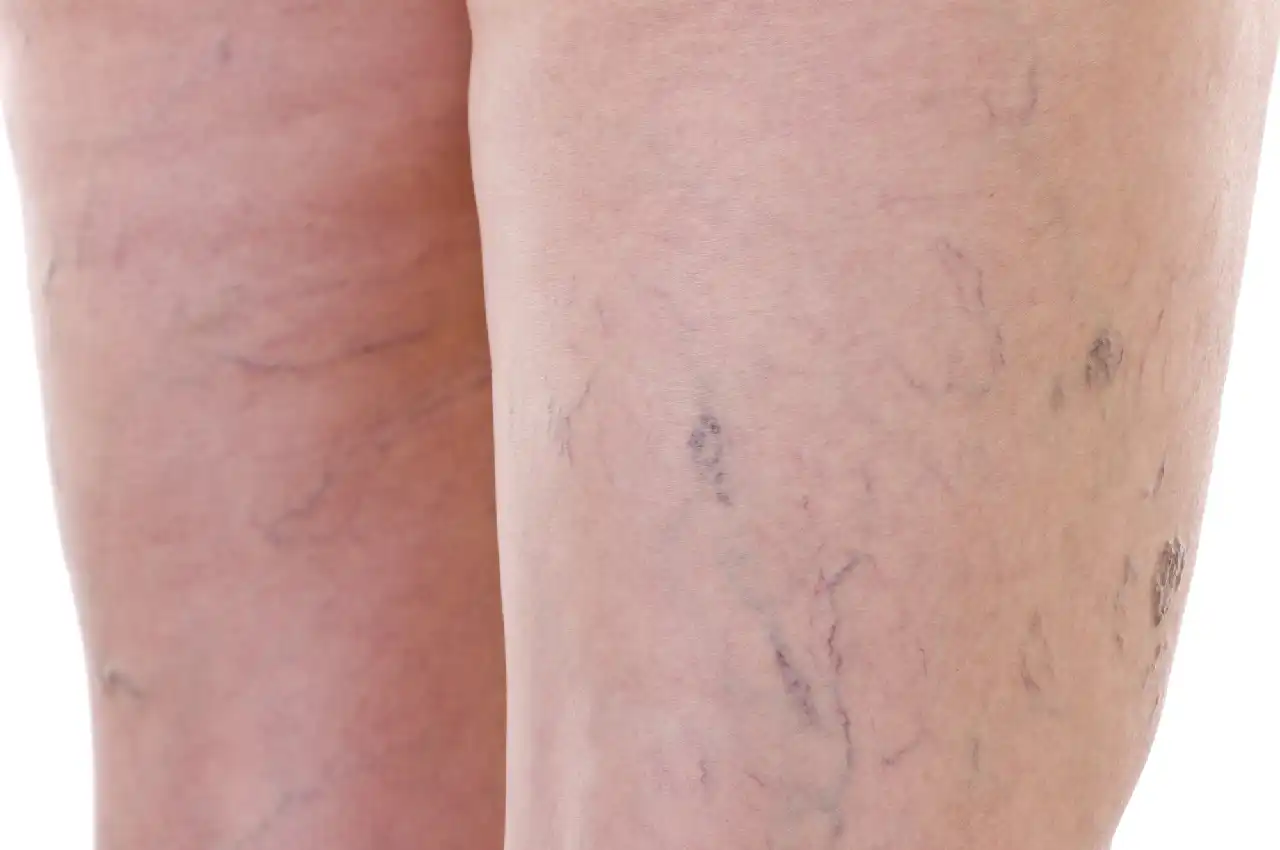NEWS
What Are the Stages of Varicose Veins?

Are you worried that you might have varicose veins?
Varicose veins are enlarged or dilated veins that develop within your knees or legs. You may not realize it but varicose veins can be a sign that something larger is wrong with your body.
Dozens of factors can lead to varicose veins, whether you’re a man or a woman. You need to be able to figure out if you have varicose veins, though, before you start looking at treatment options.
To learn more about the stages of varicose veins and how to tell if they are getting worse, keep reading.
Stage 1: Spider Veins (Telangiectasia)
Think of spider veins as the first signs of varicose veins. These are tiny veins that show up close to the surface of your skin. They often look like a spider’s web with their red, blue, or purple appearance.
At this point, you might feel some itching or burning, but it’s mostly about how your legs look. However, it’s a sign that something might not be quite right with your veins. A Wound Care Specialist can help you assess your condition and recommend treatments like injections to make spider veins disappear.
Stage 2: Reticular Veins
Reticular veins are the next step in the varicose vein journey. They’re larger than spider veins but not as big as the bulging ones you might be picturing. Reticular veins usually look bluish or greenish and form a network under your skin.
You might start feeling some aching, burning, or cramping in your legs at this stage. It tends to get worse when you’ve been sitting or standing for a while. Fortunately, there are procedures like lasers or radiofrequency treatments that can help you feel better.
Stage 3: Varicose Veins
When people talk about varicose veins, they’re usually referring to this stage. Varicose veins are the big, twisted, and bulging veins you can see on your legs. They happen because the walls of your veins become weak, and the valves inside don’t work as they should, causing blood to pool in the veins.
At this point, you might feel pain, swelling, heaviness, or fatigue in your legs. Your skin might also change color around these veins. If you leave varicose veins untreated, they can lead to even more significant problems, like ulcers or blood clots.
The good news is there are various varicose vein treatment options, from wearing special stockings to more advanced procedures like lasers or radiofrequency ablation. In extreme cases, surgery might be necessary, but your doctor will discuss the best options for you.
Stage 4: Complications
Ignoring varicose veins can lead to complications. Venous ulcers are one such problem. They occur when the pressure in your veins damages your skin and nearby tissues. These ulcers can be painful and take a long time to heal.
Another complication is superficial thrombophlebitis, which is when blood clots form in the surface veins. While not as serious as deep vein thrombosis, these clots can still cause pain and inflammation, so it’s crucial to get medical help.
Identify the Stages of Varicose Veins Now
Varicose veins can lead to painful, swollen legs if left untreated. You must talk to your doctor to discuss the right steps for you to take to manage your veins. It is important to understand the stages of varicose veins and how best to treat them.
Early intervention and preventive measures can prevent more severe complications down the line. Schedule an appointment with your doctor today to get started!
For more helpful blog posts like this one, visit the rest of our site!
Having completed my education in English, I’ve cultivated a successful career as a content writer. My tenure includes valued collaborations with distinguished professional organizations, reflecting my commitment to producing high-quality content.
Contact me on this mail: [email protected]










